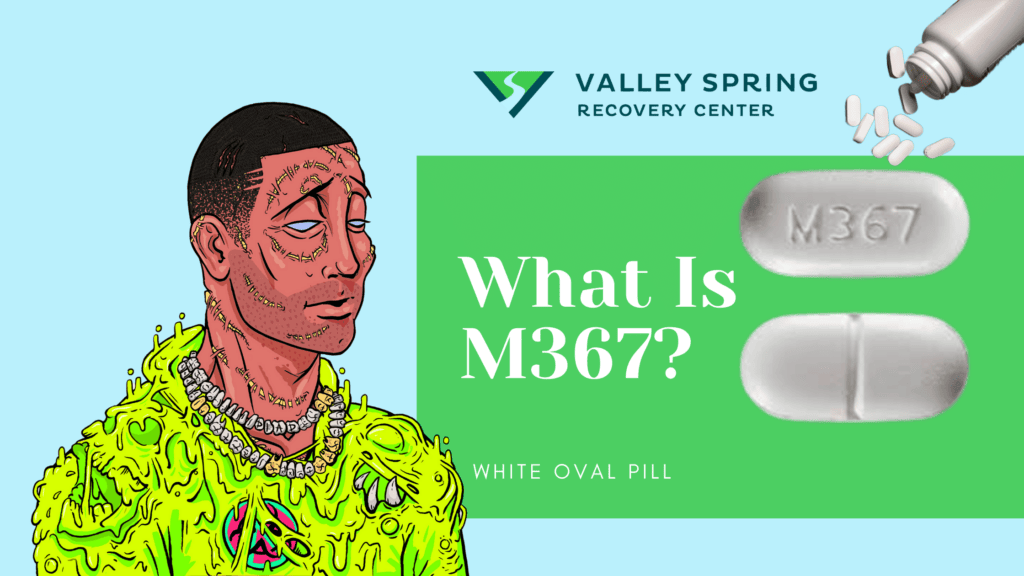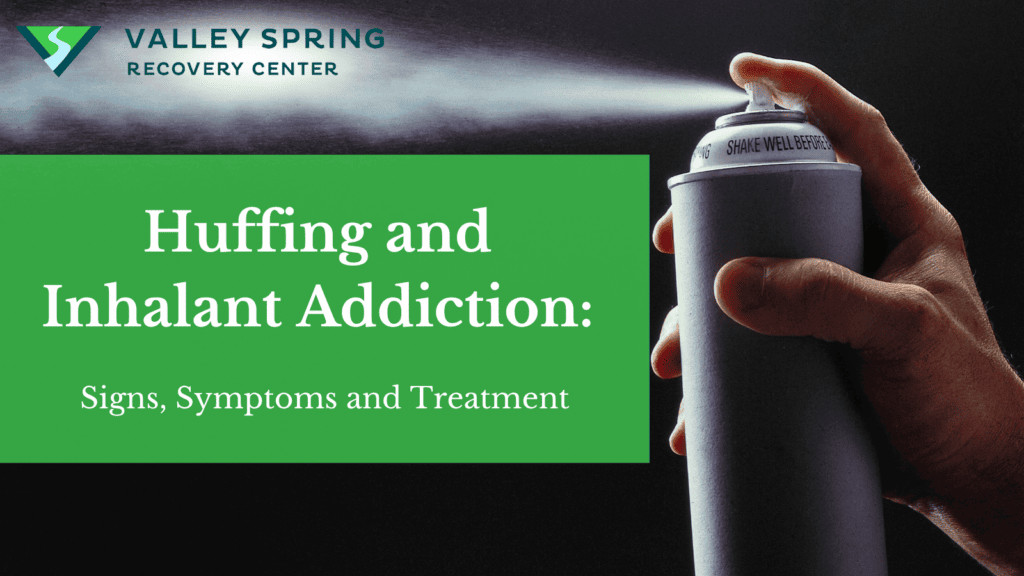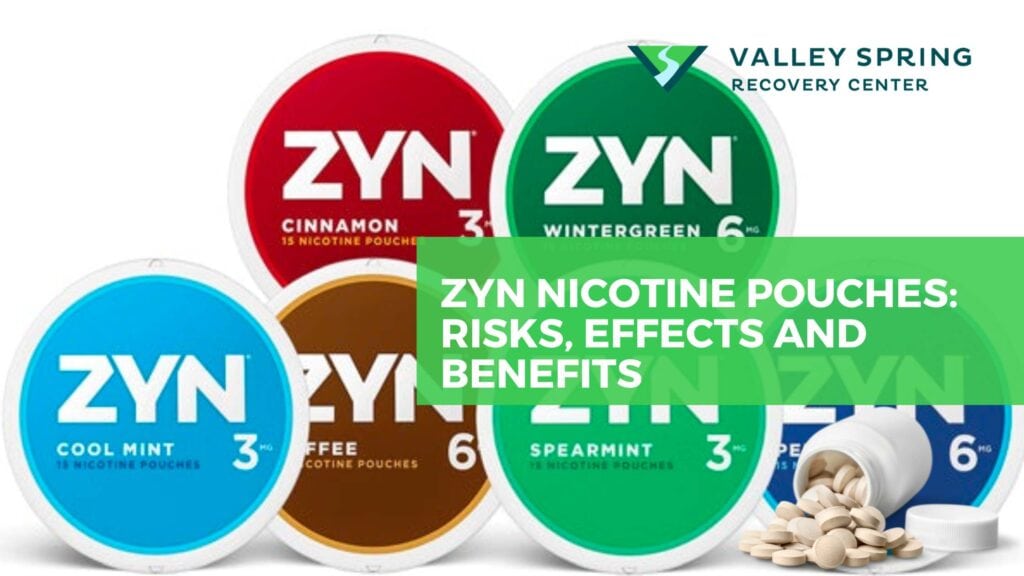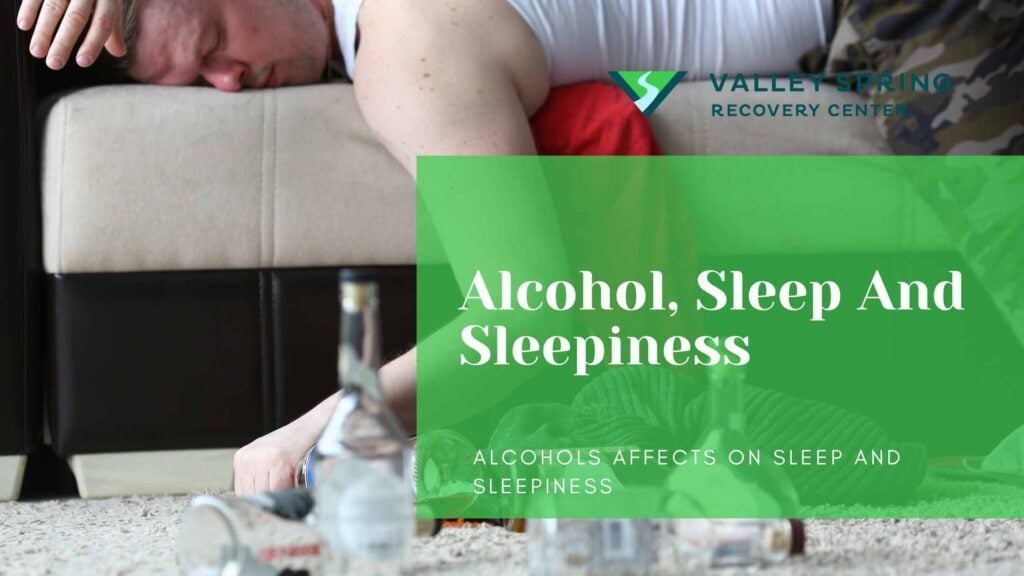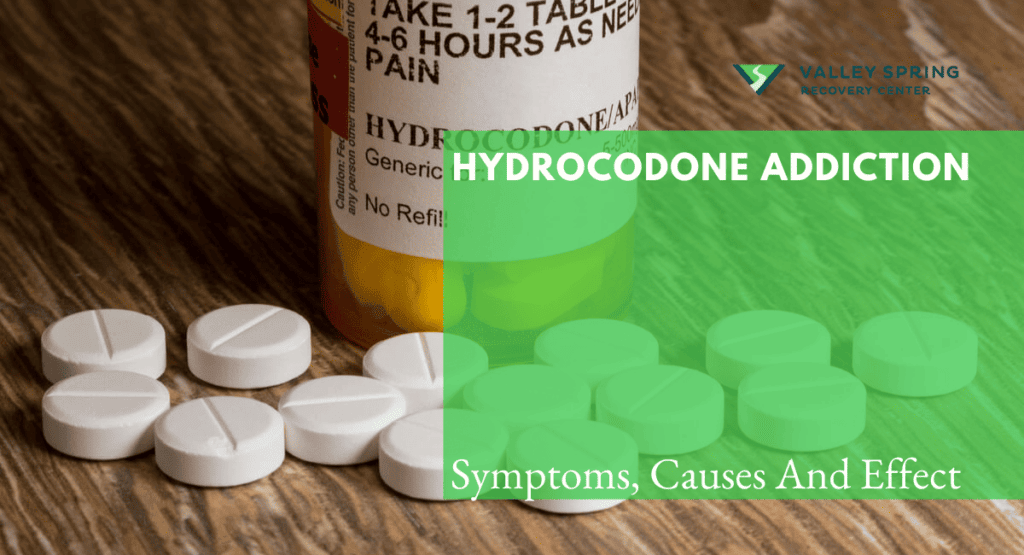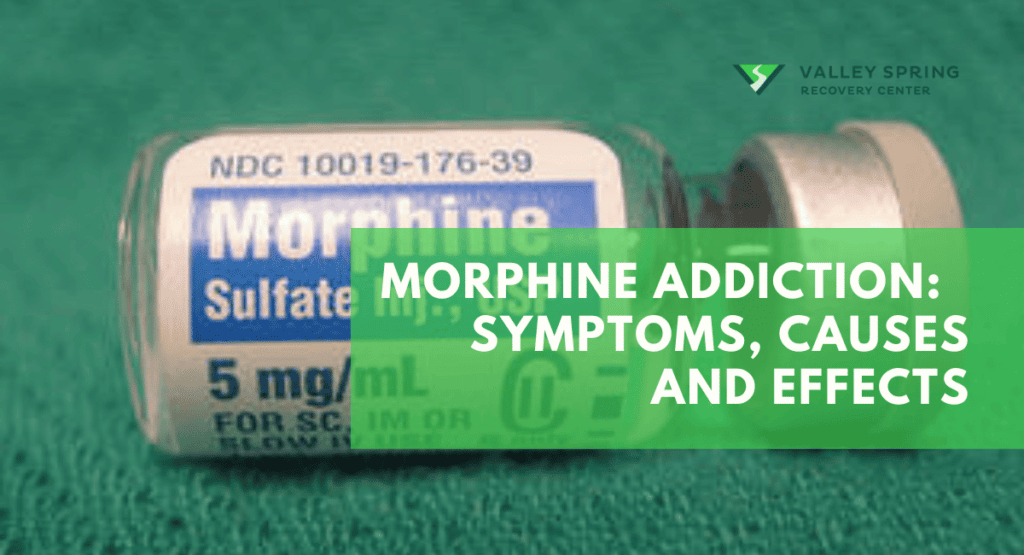In today’s rapidly evolving medical landscape, pain management remains a critical focus, but it’s equally essential to understand the tools we use in this endeavor. M367, a potent combination of hydrocodone bitartrate and acetaminophen, offers relief to many grappling with moderate to severe pain. However, like all powerful tools, it comes with its own set of challenges and responsibilities. This article delves into the intricacies of M367, shedding light on its benefits, potential risks, and the paramount importance of informed usage. As we navigate the complexities of pain relief, knowledge remains our most potent ally, ensuring that relief doesn’t inadvertently transition into dependency.
What Is M367?
M367 is a marking on an oval pill that contains 10 mg of hydrocodone bitartrate and 325 mg of acetaminophen, collectively referred to as Vicodin. Hydrocodone bitartrate is an opioid pain reliever, while acetaminophen is a non-opioid medication often used to reduce fever and alleviate pain. The combination of these two compounds provides effective relief for moderate to severe pain. Hydrocodone is also highly addictive and is considered by the CDC to be a Schedule II substance with a high likelihood of abuse.
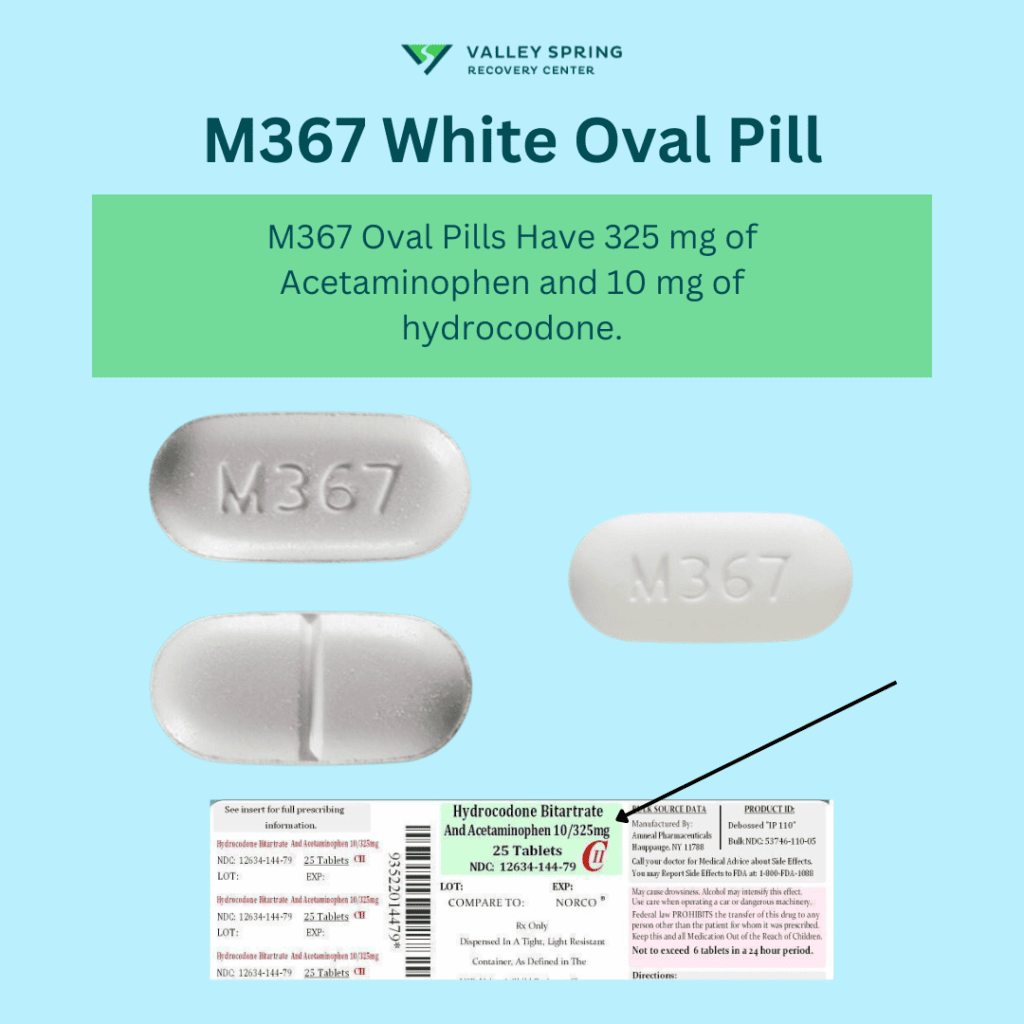
What does an M367 Pill look like?
M367 Pills are white with an oval shape that has M367 Imprinted on them with an imprinted line on the back of the pill in the middle. The container should say the Pills have 10MG of Hydrocodone Bitrate and 325mg of Acetaminophen.
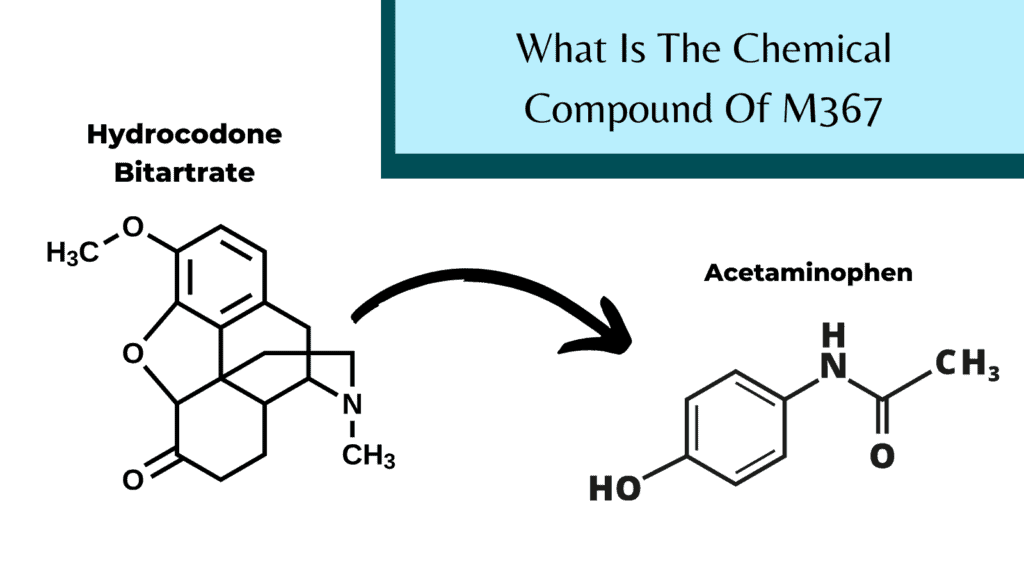
What Are the Uses for M367 Pills?
M367 pills are primarily used for managing moderate to severe pain. This medication combines hydrocodone, an opioid pain reliever, with acetaminophen, a non-opioid pain reliever, to enhance pain control. Hydrocodone, an opioid analgesic, primarily targets pain, offering a reprieve from the relentless discomfort that can stem from injuries, surgeries, or chronic conditions. Its partner, acetaminophen, is a household name, often recognized for its fever-reducing properties and its ability to alleviate mild to moderate pain. Together, they form a synergistic duo in M367, providing comprehensive pain management. Beyond pain relief, hydrocodone also possesses antitussive properties, making it effective in suppressing persistent coughs.
The effectiveness of M367 in treating pain makes it suitable for various conditions where pain relief is a priority. This can include post-surgical pain, injury-related pain, or pain from conditions like arthritis or chronic back pain. However, due to its opioid content, M367 is typically prescribed when other pain relievers, such as non-opioid pain medications, have not been effective or are not suitable.
Why is M367 Dangerous And Addictive When Misused?
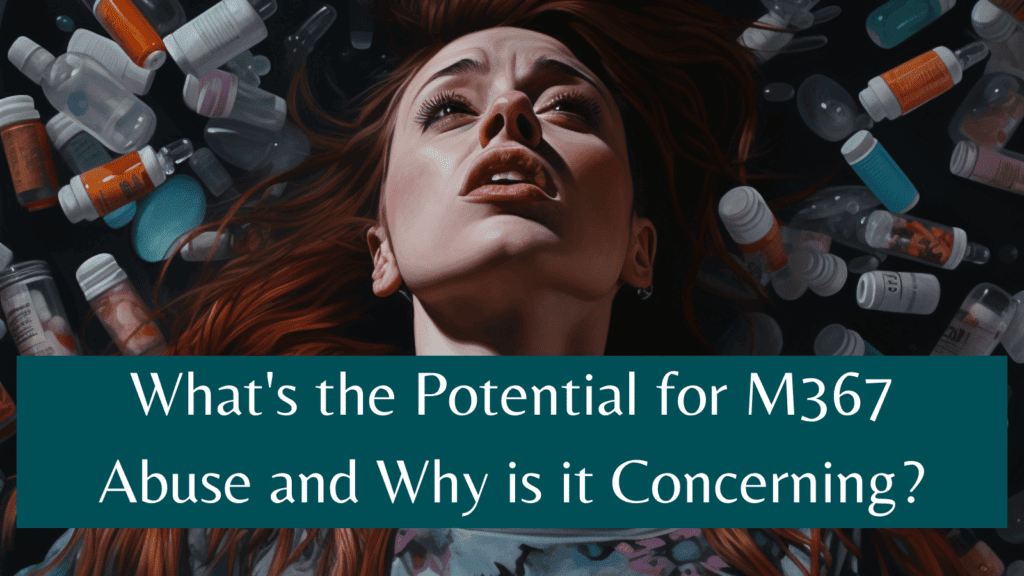
M367 is a medication prescribed for pain relief that has a high potential for abuse and addiction when taken in excess because of the opioid component in hydrocodone. Hydrocodone bitartrate, being an opioid, carries a risk of developing dependence, especially when used outside the recommended guidelines. Over time, individuals might find themselves needing higher doses to achieve the same level of pain relief, leading to a cycle of increasing consumption. This escalating use can transition into a full-blown addiction, where the drug is no longer just a means to manage pain but becomes a central focus of one’s life. When an addict develops tolerance to M367 and needs to increase the frequency and dosage that they are taking, the acetaminophen component of M367 is dangerous because it causes problems with the liver and kidneys. Acetaminophen is the same drug drug that is in Advil and it is harmful to take over 800mg of Advil at once. Like other pain-relief drugs, it has its benefits when used correctly, but it also carries a potential risk for misuse and abuse. As the opioid crisis continues to affect communities across the nation, it’s crucial for individuals, families, and healthcare providers to be informed about medications like M367. Being knowledgeable not only helps in ensuring the drug is used safely but also in recognizing signs of misuse, which can be the first step in preventing addiction.
How is M367 Misused?
Some individuals might crush the pills to produce a powder, which can then be snorted or injected. This method of administration can lead to a rapid release of the drug into the system, increasing the risk of overdose and other adverse effects.
Misuse can also occur when individuals take the medication in higher doses than prescribed, take it more frequently, or use it for reasons other than its intended purpose. Such behaviors can increase the risk of developing a dependence on the drug, leading to addiction.
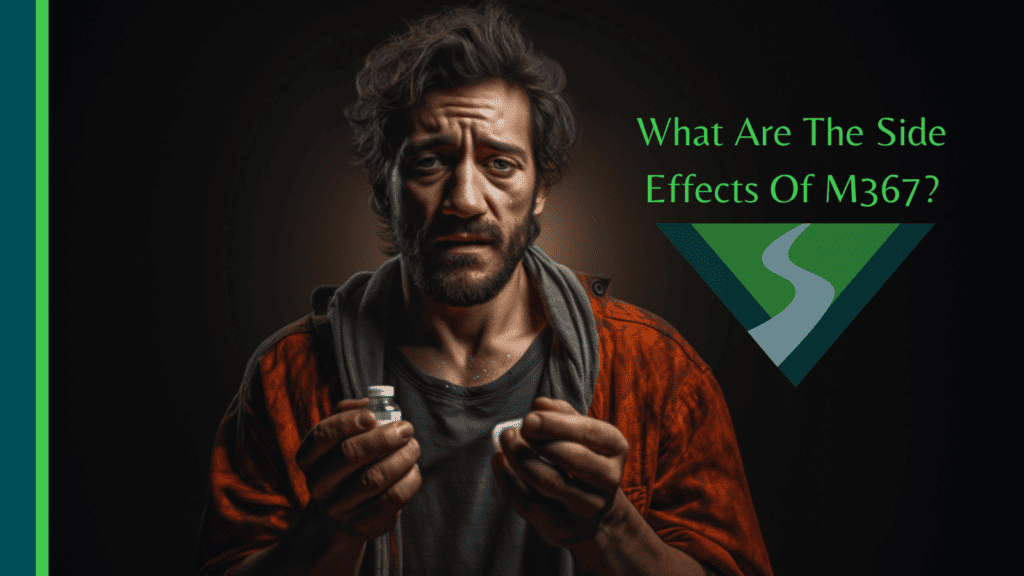
What Are The Side Effects Of M367?
Common side effects include dizziness, drowsiness, constipation, nausea, and vomiting. While these are typically manageable and may even dissipate with continued use, it’s essential to communicate any discomfort to a healthcare provider. More severe side effects, though rarer, can include slowed breathing, difficulty waking up, severe abdominal pain, or signs of liver damage such as yellowing eyes or skin. It’s also worth noting the difference between physical dependence—a natural physiological response to prolonged use—and addiction, which involves a compulsive use of the drug despite harmful consequences.
Prolonged misuse or dependence on M367 can usher in a host of long-term health challenges. Respiratory issues, stemming from the opioid’s potential to depress breathing, can become chronic. The immune system might also become compromised, making individuals more susceptible to infections. Gastrointestinal problems, particularly chronic constipation, can lead to additional complications like bowel obstructions. Furthermore, the risk of liver damage due to acetaminophen’s cumulative effects cannot be understated. Beyond the physical, there’s the psychological toll. Dependence can evolve into addiction, affecting mental well-being, relationships, employment, and overall quality of life.
What Are The Alternatives to M367 for Pain Management?
There are alternatives to M367 for pain management, including other opioid/non-opioid combinations, non-steroidal anti-inflammatory drugs (NSAIDs), and non-pharmacological therapies. The choice depends on the individual’s specific pain condition and medical history.

How Does the DEA View M367 in Terms of Classification?
The Drug Enforcement Administration (DEA) plays a pivotal role in classifying and regulating substances based on their medical utility and potential for abuse. M367, given its hydrocodone component, falls under the Schedule III category of controlled substances. This classification indicates that while the drug has a recognized medical use, there’s also a moderate to low potential for physical and psychological dependence when compared to Schedule I or II substances. As a result, there are specific regulations in place for its prescription and distribution. For instance, refills can be given on prescriptions, but there are limits to the quantity and frequency. This classification by the DEA underscores the balance between recognizing the therapeutic benefits of M367 and the need to mitigate potential misuse.
What Should One Look Out for in a Potentially Lethal M367 Overdose?
Symptoms can vary based on the amount taken and the individual’s physiology, but common indicators include shallow or slowed breathing, pinpoint pupils, confusion, dizziness, and extreme drowsiness. In severe cases, one might experience blue-tinted lips or fingernails, cold and clammy skin, or even lose consciousness. The acetaminophen component can also lead to symptoms like nausea, vomiting, loss of appetite, confusion, unusual tiredness, and yellowing of the skin or eyes (jaundice). If any of these signs are observed, it’s imperative to seek emergency medical attention immediately.
What Are The Ways To Tell If An M367 Pill is Counterfit?
Genuine M367 pills have a distinct appearance: they are white, oval-shaped, and have “M367” debossed on one side. However, visual inspections alone might not be foolproof, as counterfeiters have become adept at mimicking these details. To safeguard against counterfeits:
- Always source your medications from reputable pharmacies.
- Be wary of pills that have variations in color, size, or markings.
- Avoid purchasing medications from unverified online sources or from individuals.
- If the medication’s effects feel stronger or different than expected, seek medical advice immediately.
What’s the Concern with Fentanyl-Laced M367?
The opioid crisis has been further exacerbated by the introduction of fentanyl, a synthetic opioid that’s 50 to 100 times more potent than morphine which is commonly disquised as opiate pills like M367. There have been alarming instances where M367 pills, and other medications, have been found laced with fentanyl. These counterfeit pills can be almost indistinguishable from genuine ones, making them particularly dangerous. Even a small amount of fentanyl can lead to a fatal overdose, especially for someone who is unaware they’re ingesting it.
How to Stop An M367 Overdose?
An overdose on M367, or any opioid-based medication, is a medical emergency. Recognizing the signs and acting swiftly can save lives. If someone is suspected of overdosing on M367:
- Call 911 immediately.
- If trained to do so, administer naloxone (Narcan), an opioid antagonist that can reverse the effects of an overdose. Always follow up with emergency medical care, even if the individual wakes up after naloxone administration.
- Keep the individual awake and responsive if possible.
- Lay the person on their side to prevent choking if they vomit.
- Stay with the individual until emergency help arrives.
Valley Spring emphasizes the importance of having naloxone on hand if someone in the household is using opioids, and we offer training and resources on its proper use.
Navigating the path to recovery from M367 addiction can be daunting, but at Valley Spring, we’re committed to making that journey as supportive and effective as possible. Our holistic approach to addiction treatment ensures that every facet of an individual’s well-being is addressed. Our team of dedicated professionals brings a wealth of experience and compassion to the table, ensuring that each patient receives personalized care tailored to their unique needs. Beyond medical and therapeutic interventions, we foster a community of support, where individuals can share their experiences, learn from one another, and build lasting bonds that aid in long-term recovery. Our state-of-the-art facilities in New Jersey provide a serene environment conducive to healing, reflection, and growth.
How Does M367 Interact with the Human Body?
When a patient takes M367, hydrocodone bitartrate interacts with the opioid receptors located in the brain, spinal cord, and other parts of the central nervous system. By binding to these receptors, it effectively alters the way the body perceives pain, providing relief. On the other hand, acetaminophen works more subtly, acting on the brain to reduce the production of prostaglandins, chemicals that signal pain and induce fever. While both components of M367 work in tandem to alleviate pain, it’s essential to understand their individual mechanisms to appreciate the comprehensive relief they offer and to be aware of potential side effects.
Can M367 Cause Withdrawal Symptoms?
Yes, M367 can cause withdrawal symptoms if used for a long time and then suddenly stopped. Symptoms can include restlessness, watering eyes, runny nose, nausea, sweating, and muscle aches. Gradual tapering under medical supervision is recommended.
How Does M367 Differ from Regular Hydrocodone?
M367 contains a specific dosage of hydrocodone combined with acetaminophen. This combination is designed to provide more effective pain relief than hydrocodone alone. The presence of acetaminophen helps to enhance the pain-relieving effects of hydrocodone.
Is M367 the Same as Vicodin?
M367 is similar to Vicodin, as both contain hydrocodone and acetaminophen. However, they may differ in the concentration of these components. Vicodin is a brand name Opioid, while M367 is identified by its pill imprint.
What are the treatment Methods For M367 Dependence?
Treatment for M367 dependence begins with a thorough assessment to understand the individual’s unique needs. Detoxification is often the first step, ensuring that the drug is safely eliminated from the body while managing withdrawal symptoms. Following detox, a combination of therapies:
- Individual counseling to address the psychological aspects of addiction.
- Group therapy sessions to foster community support and shared healing.
- Behavioral therapies to equip individuals with coping strategies and relapse prevention skills.
- Holistic treatments, such as meditation and yoga, to promote overall well-being.
Where to get treatment?
Treatment for addiction is available at any detox center that treats opioid use disorder. Valley Spring provides treatment in Northern New Jersey by empowering individuals to reclaim their lives and thrive in sobriety. The modalities of treatment provided include medication-assisted treatment for addiction and therapeutic interventions. Contact us today if you are in need of addiction treatment, we’re here to help.
Sources
Sutter, M. E., Gerona, R. R., Davis, M. T., Roche, B. M., Colby, D. K., Chenoweth, J. A., Adams, A. J., Owen, K. P., Ford, J. B., Black, H. B., Albertson, T. E., & [others]. (2016). Fatal Fentanyl: One Pill Can Kill. Original Contribution. https://doi.org/10.1111/acem.13034
Substance Abuse and Mental Health Services Administration (SAMHSA)Results from the 2010 National Survey on Drug Use and Health: Summary of National FindingsRockville, MD2001 [Google Scholar]
Usmani, S. A., Hollmann, J., Goodin, A., Hincapie-Castillo, J. M., Adkins, L. E., Ourhaan, N., Oueini, R., Bhagwandass, H., Easey, T., & Vouri, S. M. (2021). Effects of hydrocodone rescheduling on opioid use outcomes: A systematic review. Journal of the American Pharmacists Association, 61(2), e20-e44. https://doi.org/10.1016/j.japh.2020.09.013
Ben Fisher
All author postsShare This Post

